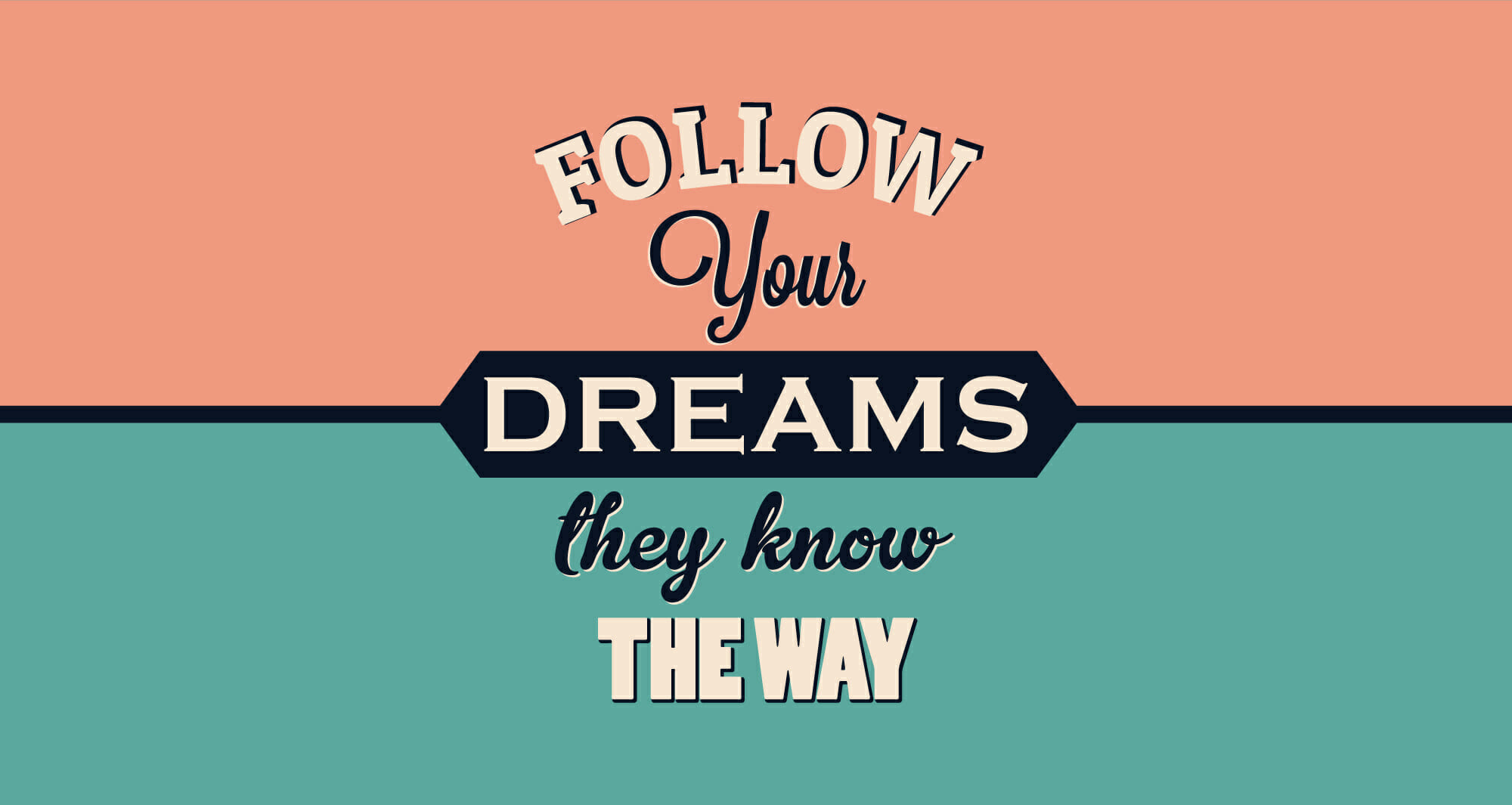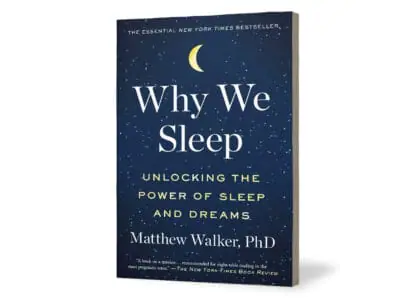The average person has three to seven dreams per night. Did you know that vivid early morning dreams, the ones you have just before awakening, are the easiest to remember? According to experts, this dream memory happens during the rapid eye movement (REM) stages of sleep, when brain activity increases and is not as deep. This is also the time when hypnopompic (falling asleep) and hypnagogic (upon waking) hallucinations occur.1
These dreams are referred to as hallucinations because they can be vividly unforgettable, and some aspects can be “quite a wild ride.”
Up to 70% of people experience brief but unforgettable psychedelic dream states at least once in their life. They may include 86% visual cues – like flashing lights or sensations of flying or falling – and 8% to 34% auditory, such as hearing voices, names or environmental sounds.1
In REM sleep, the brain processes our emotions, desires and experiences and organizes them into memories that are a microcosm of our waking world. If you can imagine, experience or desire something or someone, it can become part of a dream message reflecting your wishes.
How can we retrieve those valuable golden nuggets? The acronym DREAM is my five-step tool for dream retrieval and interpretation:
Dream journals should be beside your bed within arm’s reach.
Remain in your sleeping position as you awaken. Excessive movement causes dreams to dissipate like smoke.
Elusive dreams can be retrieved by returning to your sleep position to gently pull your dream back into your waking world.
Add memories and emotions to your journal as they unfold.
Mood, places, people, colors, sounds, situations and dream words should be explored for meaning.
Our dreams speak to us with signs, symbols, emotions, pictures, smells, voices, numbers and colors. Journaling helps us decipher messages and dream riddles that may address our desires. The most common journal is a notebook; however, you can write, speak or paint your dream because a picture is worth a thousand words.
The next time you awaken from a vivid, early morning dream, use these tools to help discover your hidden golden nuggets. They may hold the answer to your deepest desires. And sometimes, to realize a dream wish, you simply have to write it down and see it. Then you can let it go so it can grow.
So, what’s in your dream?
Kathleen O’Keefe-Kanavos of Rancho Mirage is a dream expert, cancer survivor, author, speaker, TV/radio host/producer and has been featured on Dr. Oz and The Doctors. Her new book Dreams That Can Save Your Life is available now. For more information, visit www.KathleenOkeefeKanavos.com.
Reference: 1) https://my.clevelandclinic.org/health/articles/23234-hypnagogic-hallucinations

















































Comments (0)